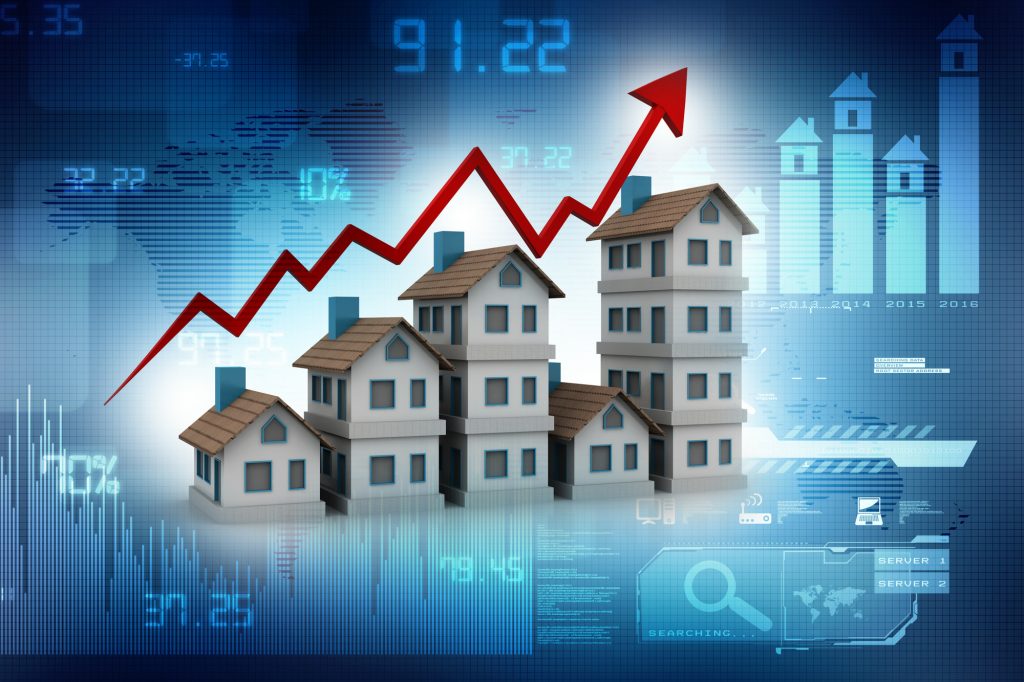Realty Realities: Here’s What You Need to Know About the SoCal Housing Market
California’s real estate market is facing concerns that it is a bubble set to burst.
However, there are many factors which suggest that may not be the case. When you look at the housing market between 2003 and 2006 before the recession, for instance, prices were jumping consistently every year. Comparatively the current prices are a moderate increase since over a decade has passed since the financial crisis.
That doesn’t, however, change the issue that prices are still very high for most low to middle-income buyers.
Read on for a comprehensive guide at the market and its projected forecast.
Factors From the Past
Proposition 13
In the past, California passed Proposition 13, a law which limited property taxes to just one percent of the home’s value at purchase. It also restricted the increases to be no more than 2 percent a year.
While it was great at the time, property prices have increased so much it has now created a situation. Many homeowners don’t want to sell their home. This is because a house bought in 1990 for $150,000 would only pay $1,500 in property taxes. By 2018, at the maximum increase, it would still only be around $2,500 a month.
Now consider if they sold their home and bought a new property (which would be the same size or smaller). At the current average price of $623,000, their taxes go up to $6230. Anyone who has paid off their mortgage (or is close to it) would be very reluctant to accept this new cost. This true especially as they near retirement which has led to a less fluid market.
The Financial Crash
The recession caused significant damage to the growth of the California Real Estate market. This not only affects consumer confidence but resulted in many fewer homes being built in the following years.
As the economy picked up, people flooded the market to buy houses at low costs spiking demand and increasing prices by a large factor.
The Cost of Land
In the major cities, most of California’s natural flat landscape has been covered by buildings. Unfortunately, this means if a company wishes to purchase land and build a row of new houses or apartments, they have a ‘brown-field’ to deal with.
This is where the current buildings have to be demolished before construction can start. Combining this massive cost with the highly restrictive environmental laws and you end up with many investors unable to afford the upfront costs of construction.
Current Migration Rates
California as a state is continuing to lose more people than it’s receiving.
While a smaller population is better for California’s housing market, when you look at the data it actually poses a problem.
The majority of people leaving California are people in the lower income brackets and they are being replaced by those with higher incomes. This has led to areas where housing prices and the surrounding shops and restaurants are more expensive which exacerbate the issue further.
Long-term, homeowners and potential buyers may find local prices jumping at increasing rates in areas that are still cheap right now.
Housing Development Has Slowed
According to the California Department of Housing, less than 80,000 new homes were built annually over the past ten years which is significantly below the forecasted requirement of 180,000.
This compounds the housing shortage issue with the state being short by a million homes and production is still not set to increase at the rate it needs to.
This only guarantees that demand will significantly outweigh supply for a number of years to come and prices will continue to jump at a rapid pace.
This is because the cost of construction itself for new properties has increased significantly. This is due to the legal and environmental factors mentioned above as well as the concerns of reduced ROI in the future.
The Current California Real Estate Market
The imminent risk of the housing market bubble bursting and an impending second financial crisis make this an interesting time to be a part of this market.
Anyone already in the market or looking for short-term investments will find that now is an excellent time to get involved.
With high demand and increasing prices, many investors and buyers are looking to purchase houses to flip or sell. This is especially effective as many sellers are experienced high bidding wars between buyers effectively driving the price (and profit) up further.
Because of this, if you are looking for a property to have for a few years and sell on, it is recommended to wait and see how to market changes in the next few years and take your time to secure a good deal.
As always though, long-term investments in this market can be confidently made. Even if the market stagnates or falls, it will almost certainly bounce back and you will have a significantly higher return on your investment.
Weigh Up Your Options
While there are a few differences in prices and forecasts per region in the Southern California real estate market, the advice is still the same.
It will be many years until supply gets anywhere close to meeting demand and the prices will continue to be driven up higher. Long term this market is a strong investment as long as you are not looking to sell within the next few years.
If you are looking to sell your property soon, check out these tips to get it to market quickly.
